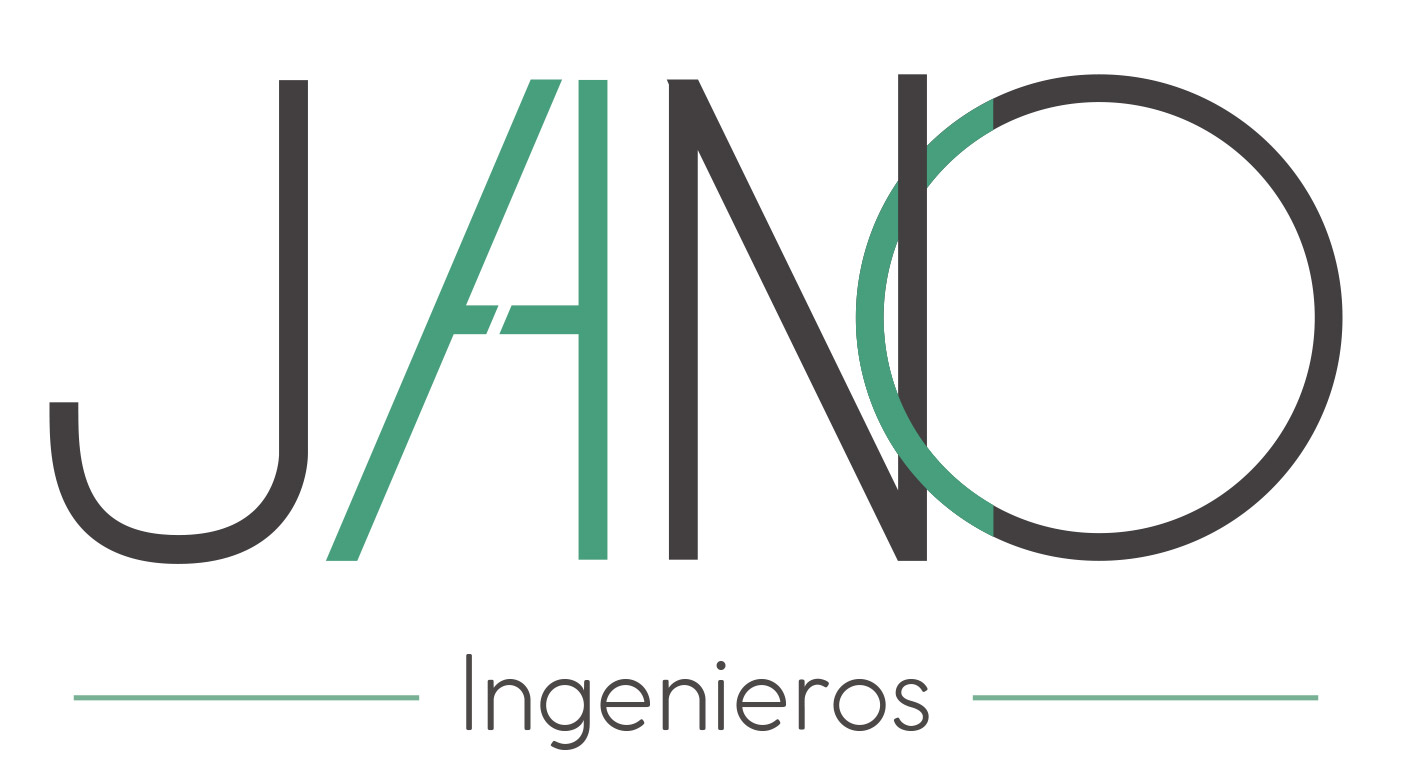Implementing VDR for Deal Success
The importance of VDR in a deal can’t be overemphasized, especially as the number of small-business transactions that involve M&A continues to grow. The correct VDR is essential to the success of any deal. It can speed up the due diligence process and lead to the smoother process. In this article, we look at the best practices for choosing the best VDR to support M&A transactions of various sizes and complexities.
In the case of an investment bank a VDR can make every transaction as smooth as it can be for both sellers and buyers by allowing them access to sensitive information in a secure environment. This can make the process easier and decrease miscommunications or misunderstandings.
VDRs can also be used to facilitate negotiation and signing of non-disclosure agreements (NDAs) with third parties, reducing time and hassle of the future of board rooms embracing digital transformation negotiating the agreement. Modern VDRs can create automated workflows for NDAs including eSignature with just a few clicks.
VDRs can also be used to integrate data with third-party platforms or applications like Office 365. This will make it easier to transfer of data between different systems by reducing or eliminating any delays, and ensuring the latest version is always accessible.
Many VDRs have security options for files like digital rights management, which restricts the possibility of printing, copying or distribute files outside of the VDR. They may also offer access control and activity tracking to safeguard against data theft by unauthorized users or other outsiders. You should look for an VDR with features specific to the industry, such as certification for compliance such as FedRAMP or FINRA. You should look for a VDR with a drag-and-drop feature that permits third parties to upload files without having to sign up for an account or install any software.



Sin Comentarios
Lo siento, el formulario para comentarios está cerrado en éste momento,